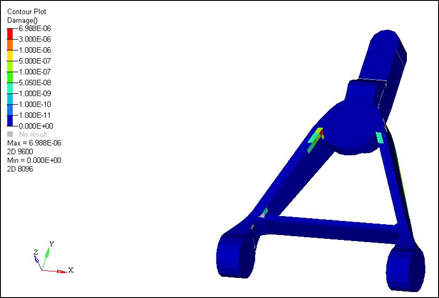Fatigue using S-N (Stress - Life) Method
OptiStruct uses the S-N approach for calculating the fatigue life. The S-N approach is suitable for high cycle fatigue, where the material is subject to cyclical stresses that are predominantly within the elastic range. Structures under such stress ranges should typically survive more than 1000 cycles.
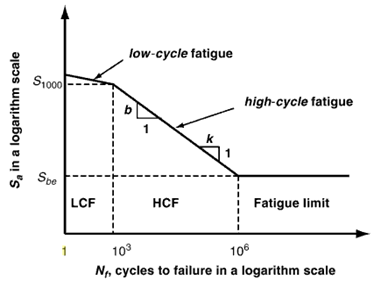
Figure 1. Low Cycle and High Cycle regions on the S-N curve
Since S-N theory deals with uniaxial stress, the stress components need to be resolved into one combined value for each calculation point, at each time step, and then used as equivalent nominal stress applied on the S-N curve.
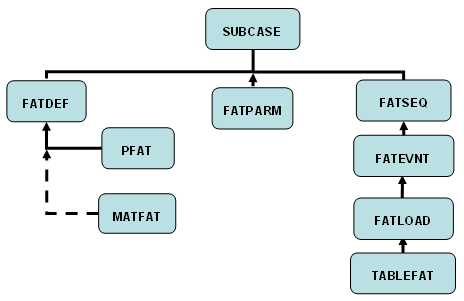
Figure 2. Fatigue Analysis Flowchart
The three aspects to the fatigue definition are the fatigue material properties, the fatigue parameters and the loading sequence and event definitions.
Fatigue Material Properties (S-N Curve)
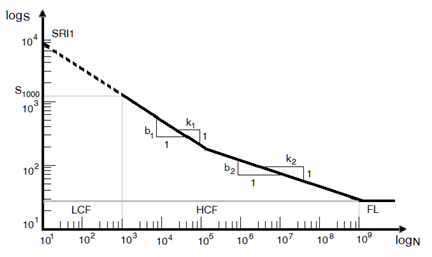
Figure 3. Two Segment S-N Curve
- FATDEF
- Defines the elements and associated fatigue properties that will be used for the fatigue analysis.
- PFAT
- Defines the finish, treatment, layer and the fatigue strength reduction factors for the elements.
- MATFAT
- Defines the material properties for the fatigue analysis. These properties should be obtained from the material's S-N curve (Figure 3). The S-N curve, typically, is obtained from completely reversed bending on mirror polished specimen. S-N curves can be one segment or two segments.
Fatigue Parameters
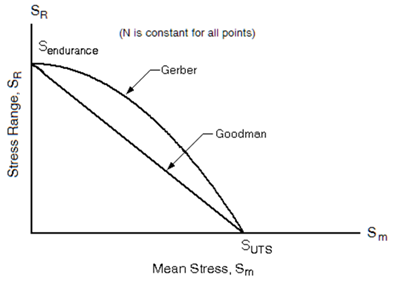
Figure 4. Mean Stress Correction
- FATPARM
- Defines the parameters for the fatigue analysis. These include stress combination method, mean stress correction method (Figure 4), Rainflow parameters, Stress Units.
Fatigue Sequence and Event Definition
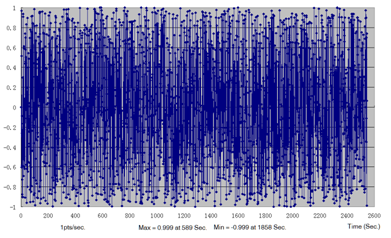
Figure 5. Load Time History
- FATSEQ
- Defines the loading sequence for the fatigue analysis. This card can refer to another FATSEQ card or a FATEVNT card.
- FATEVNT
- Defines loading events for the fatigue analysis.
- FATLOAD
- Defines fatigue loading parameters.
The following files found in the optistruct.zip file are needed to perform this tutorial. Refer to Accessing the Model Files.
ctrlarm.fem, load1.csv and load2.csv
Exercise
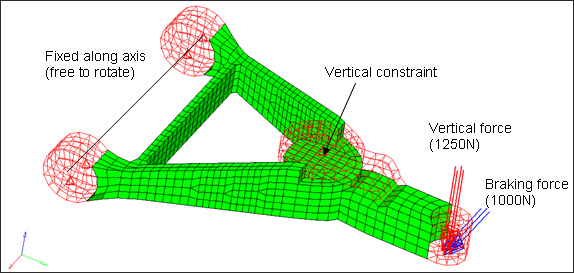
Figure 6. Model of the Control Arm for Fatigue Analysis
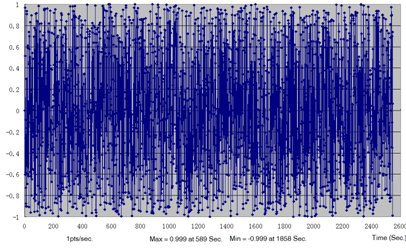
Figure 7. Load Time History for Vertical Force
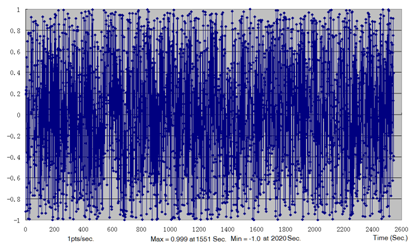
Figure 8. Load Time History for Braking Force
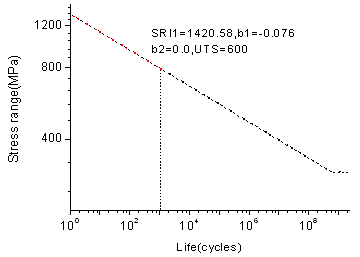
Figure 9. SN Curve
The model being used for this exercise is that of a control arm, as shown in Figure 6. Loads and boundary conditions and two static loadcases have already been defined on this model.
Launching HyperMesh and Setting the OptiStruct User Profile
Importing the Model
Setting Up the Model
Defining TABFAT Load Collector
Defining TABLOAD Load Collector
- In the Model Browser, right-click and select .
- For Name, enter FATLOAD1.
- Click Color and select a color from the color palette.
- For Card Image, select FATLOAD from the drop-down menu.
- For TID (table ID), select table1 from the list of load collectors.
- For LCID (load case ID), select SUBCASE1 from the list of load steps.
- Set LDM (load magnitude) to 1.
- Set Scale to 3.0.
- Repeat the process to create another load collector named FATLOAD2 with FATLOAD as card image and pointing to table2 and SUBCASE2.
- Set LDM to 1 and Scale to 3.0.
Defining TABEVNT Load Collector
- In the Model Browser, right-click and select .
- For Name, enter FATEVENT.
- For Card Image, select FATEVNT.
- Set FATEVNT_NUM_FLOAD to 2.
-
Click on the Table icon
 next to the
Data field and select FATLOAD1 for
FLOAD(1) and FATLOAD2 for FLOAD(2) in
the pop-out window.
next to the
Data field and select FATLOAD1 for
FLOAD(1) and FATLOAD2 for FLOAD(2) in
the pop-out window.
Defining TABSEQ Load Collector
Defining Fatigue Parameters
- In the Model Browser, right-click and select .
- For Name, enter fatparam.
- For Card Image, select FATPARM.
- Make sure TYPE is set to SN.
- Set STRESS COMBINE to SGVON (Signed von Mises).
- Set STRESS CORRECTION to GERBER.
- Set STRESSU to MPA (Stress Units).
- Set RAINFLOW RTYPE to LOAD.
- Set CERTNTY SURVCERT to 0.5.
Defining Fatigue Material Properties
The material curve for the fatigue analysis can be defined on the MAT1 card.
Defining PFAT Load Collector
- In the Model Browser, right-click and select .
- For Name, enter pfat.
- For Card Image, select PFAT.
- Set LAYER to TOP.
- Set FINISH to NONE.
- Set TRTMENT to NONE.
Defining FATDEF Load Collector
- In the Model Browser, right-click and select .
- For Name, enter fatdef.
- For Card Image, select FATDEF.
- Check the box next to PSHELL.
-
Click
 next to the Data field and select
shell for PID(1), and pfat for
PFATID(1) in the pop-up window.
next to the Data field and select
shell for PID(1), and pfat for
PFATID(1) in the pop-up window.
- Click Close.
Defining the Fatigue Load Step
- In the Model Browser, right-click and select .
- For Name, enter Fatigue.
- Set the Analysis type to fatigue.
- For FATDEF, select fatdef.
- For FATPARM, select fatparam.
- For FATSEQ, select FATSEQ.
 .
. 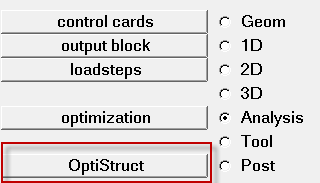
 to open the
to open the
